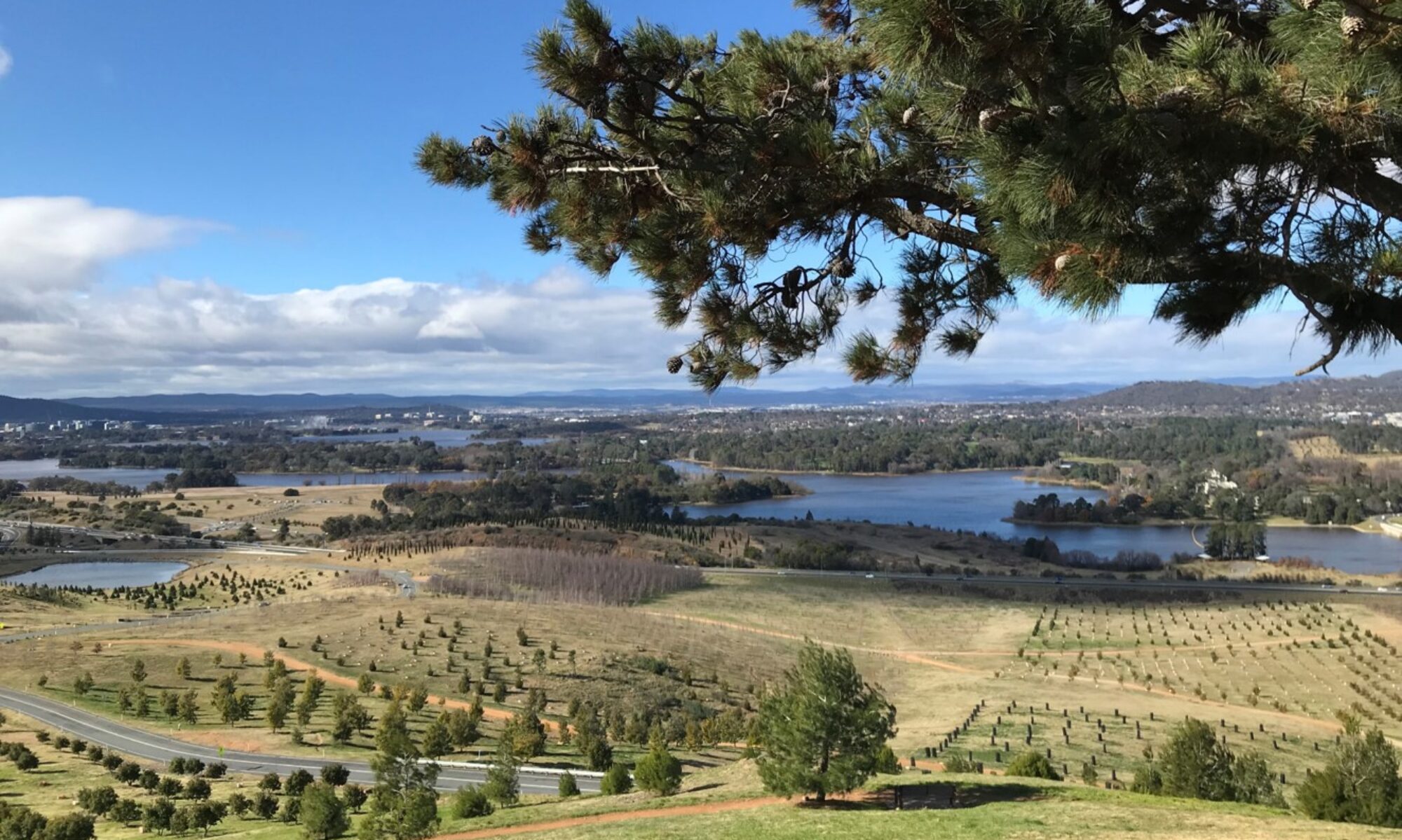While the idea of SMARC seemed relatively basic initially, the process of developing and building it required us to all learn a number of new skills. Some of the new skills we developed include:
Machine Learning – committed to implementing it into our project as a core requirement:
- We learnt about Machine Learning in the course of training the model using Teachable Machine (please click the link to see more detail on this learning journey).
- There were some particularly valuable lessons around training the model. For example, we had to ensure we used a background that was similar to the prototype environment – namely, a white background in reasonably good light. Julian had to retrain some of his data when he used a green wall or had himself featuring too much in the background.
- Picked ML platform that we could both utilise and work around. The Teachable Machine was perfect for catering to all our different skill levels.
- When exporting the model, different formats required different equipment (Coral USB Accelerator). We learned different programs to apply the model that we trained: TensorFlow.js, TensorFlow and TensorFlow Lite.
Video ideating, storyboarding, editing and recording
- One of the unexpected components of the pivot to a digital demo day was the requirement to put together a video for our project.
- This required us to learn all about how to create a promotional video.
- We briefly learnt about Davinci Resolve 17 for the video editing, but we didn’t get to use this much since Andrew and Ethan from Newcast were involved towards the end.
- We learnt about the challenges of creating a video that brings the entire group’s vision for the product together. This was actually a great exercise because it helped us ensure we were all on the same page in terms of what the prototype was capable of and to prioritise the features we thought most important. As a result, we left-out some details about the finer points regarding the bin’s ability to sort the deposited items into those for recycling and those for reselling. On the other hand, we made a point of emphasising the way SMARC worked from a systems perspective and helped co-ordinate the operations of manufacturers, collection partners, individuals and recyclers.
Bush Carpentry
According Wikipedia, Bush Carpentry is an expression used in Australia and New Zealand that refers to improvised methods of building or repair, using available materials and an ad hoc design, usually in a pioneering or rural context. Myrna developed her bush carpentry skills during the process to build SMARC where she has to applied her creative woodworking to fit for purpose, using all the available materials around the house (recycled wood from garden bed left over materials). Myrna also developed her Design Thinking skill based on a user experience point of view. In designing SMARC, she tried to incorporate the function, look and feel from a user perspective by asking around her family and neighbours who gave her valuable feedback on what SMARC should look like. Design thinking with cybernetics approach in building the SMARC was inspired by Mark Thomson from Institute of Backyard Studies where he introduced us to the Henry Hoke’s inventions.
Collaboration over various mediums
We learned to make the most of various mediums to collaborate across Adelaide, Canberra and Sydney, including:
- Office 365 Microsoft Teams for our main communication
- Google Docs for our planning schedule and to write our notes and Google Drive to store all the files/photos/video.
- Marvel App HTML Generator to design the prototype for the website.
- GitHub for storing the codes (still learning how to use this).
- Canva to design the logo, the website/user interface design.
- SwaggerHub to set up for Collection and Manufacturer API.
- p5.js as an interface to display the Teachable Machine model in JavaScript.
- Miro board to build the user persona, storyboard, timeline, brainstorming ideas, initial design of the prototype, user flow map, etc.
- Gantter to collaborate on System Life Cycle Analysis and Planning.
We also learned to use the following programming languages: Python, Swagger, JavaScript, and using the following development tools: Visual Studio Code, Mu Editor, p5.js.

